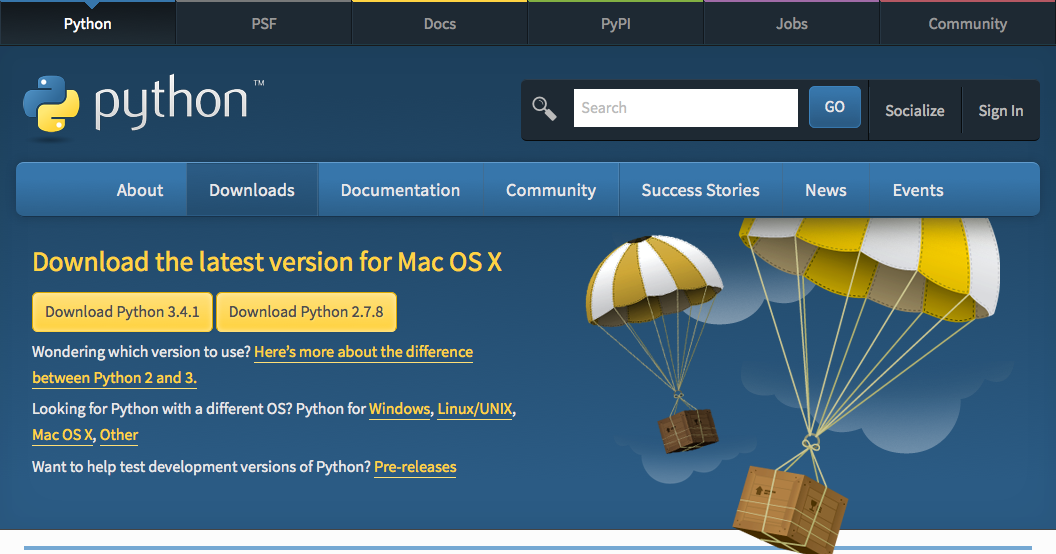
- Python lilypond pdf#
- Python lilypond software#
- Python lilypond code#
- Python lilypond series#
- Python lilypond free#
Some common commands are represented symbolically to ease typing.The function of the command in question determines where the command is placed for example, if the command is used to indicate a fixed dynamic on a specific note, it is placed after the note. Commands usually begin with a backslash (such as \time, or \slurUp).For example, in absolute mode, a'4 is an A, one octave up from the base A (A3 in scientific pitch notation), of quarter note length. The semantics of the pitch-duration format change depending on the active input mode this is explained in depth in the LilyPond manual. Notes are represented in pitch-duration format: pitch is specified with Helmholtz pitch notation, and duration is specified with a numeral based system.Single-line comments begin with a percent sign %.Some general syntactic features are listed below.
Python lilypond code#
The ability to embed Scheme code within a LilyPond source file permits arbitrary extensions to the input language and assists with algorithmic composition. The native input language for LilyPond is comprehensive, and consists of many commands needed for expressing any sort of articulation, dynamic, meter, etc. For example, with this setting, the space between consecutive quarter notes is four times greater than between consecutive sixteenth notes. Proportional spacing: notes can be positioned in such a way that exactly reflects their duration.Special ledger line handling: ledger lines are shortened when accidentals are nearby, thus enhancing readability.Optical spacing: stem directions are taken into account when spacing subsequent notes.As a result, note heads become more rounded, and staff lines become thicker. Optical font scaling: depending on the staff size, the design of the music font is slightly altered this is a feature that Donald Knuth's Computer Modern font is known for.An essay from the LilyPond website, written by LilyPond developers, explains some typographical issues addressed by LilyPond: LilyPond's primary goal is to produce output comparable to professionally engraved scores instead of output that looks mechanical and computer-generated.
Python lilypond pdf#
5 music sheet printed from a digitally engraved PDF file produced by LilyPond released by the Mutopia Project
Python lilypond software#
Software features īeethoven's Symphony No.

Its guitar facilities support alternative tunings, such as major-thirds tuning. LilyPond supports experimental musical notation. LilyPond adheres to the WYSIWYM paradigm the workflow for typesetting music notation with LilyPond is similar to that of preparing documents with LaTeX. (However, a text-editor based "LilyPad" GUI for Windows and MacOS is included by default on these systems.) It does, however, have a flexible input language that strives to be simple, easing the learning curve for new users. LilyPond is a text-based application, so it does not contain its own graphical user interface to assist with score creation. LilyPond can also generate MIDI files that correspond to the music notation output. In the final stage, music notation is output to PDF (via PostScript) or other graphical formats, such as SVG or PNG.
Python lilypond series#
It uses a simple text notation for music input, which LilyPond interprets and processes in a series of stages.

It has a relatively large codebase as of March 10, 2017, the source includes over 600,000 lines of C++, 140,000 lines of Scheme, and 120,000 lines of Python code. LilyPond is mostly written in C++ and uses Scheme (interpreted by GNU Guile) as its extension language, allowing for user customization. LilyPond 2.0 was released on September 24, 2003, announcing a simplified syntax model and a much more complete set of facilities for notating various styles of music. LilyPond 1.0 was released on July 31, 1998, highlighting the development of a custom music font, Feta, and the complete separation of LilyPond from MusiXTeX. Its name was inspired both by the Rosegarden project and an acquaintance of Nienhuys and Nieuwenhuizen named Suzanne, a name that means lily in Hebrew ( שׁוֹשַׁנָּה). The LilyPond project was started in 1996 by Han-Wen Nienhuys and Jan Nieuwenhuizen, after they decided to abandon work on MPP ( MusiXTeX PreProcessor), a project they began collaborating on in 1995.


Python lilypond free#
LilyPond is cross-platform, and is available for several common operating systems released under the terms of the GNU General Public License, LilyPond is free software and part of the GNU Project. One of LilyPond's major goals is to produce scores that are engraved with traditional layout rules, reflecting the era when scores were engraved by hand. LilyPond is a computer program and file format for music engraving. English, Catalan, Dutch, French, German, Hungarian, Italian, Japanese, Spanish


 0 kommentar(er)
0 kommentar(er)
